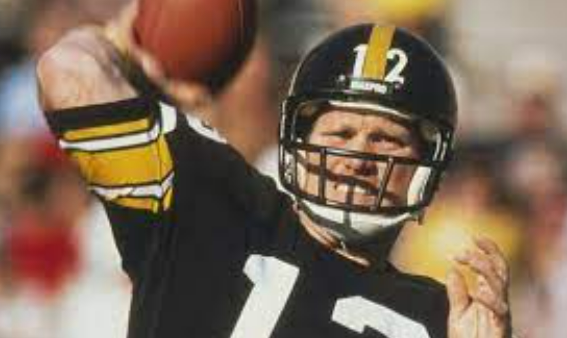Bipolar Disorder In Athletes
Intro
Even though it may seem someone could appear happy and nice they can switch up and change their mood/ feelings towards you within a blink of an eye. Bipolar disorder can affect a person's everyday life like having signs of depression or overwhelming joy, excitement, or sadness in everyday situations. This takes a toll on athletes as they are expected to be the best of the best and they don’t know what emotions to feel as they are getting told to do so many things at once.
Diagnosis
Bipolar disorder is characterized by the episodic occurrence of mania or hypomania and depression and is largely looked upon as a spectrum disorder. Both men and women can be equally affected and are usually on the offset of late adolescence and early adulthood. For many athletes with this disorder, this represents peak physical performance and often leads to a window for limited options to compete at the highest levels of the sport.
Symptoms:
Feeling sad
Feelings of guilt and despair
Self-doubt
Lacking energy
Loss of interest in everyday activities
Feelings of emptiness of worthlessness
Difficulty concentrating and remembering things
Feeling pessimistic about everything
Depressive thoughts
Signs of self-harm
Exercise observations
Studies have shown that people with bipolar disorder typically have lower physical levels as compared to someone who doesn't have it. This may be reflective of the fact that the depressive episodes could represent the prevalent mood or state of mind that they are in. The relationship between mania is complex and likely bidirectional.
Treatment
Treatment of bipolar disorder emphasizes safety and stabilization in the acute phase and prevention of recurrence while limiting functional impairments in the long term run. Some medical conditions, substances, or medications could be one of the contributing symptoms that must be identified and addressed. Hospitalization can often occur when there has been a clear indication of self-harm or if the person is in danger to themselves and others as well. The primary pharmacological agents used in the management of bipolar disorder include mood stabilizers and antipsychotics, which can also be used as monotherapy or in combination of the two. Treatment options may change as accompaniment to the acuity and the polarity, with acute management differing from maintenance, and predominantly manic episodes, patients can often require a different approach than those who are also prone to depression and those who are having similar symptoms.
Case Study: Terry Bradshaw


